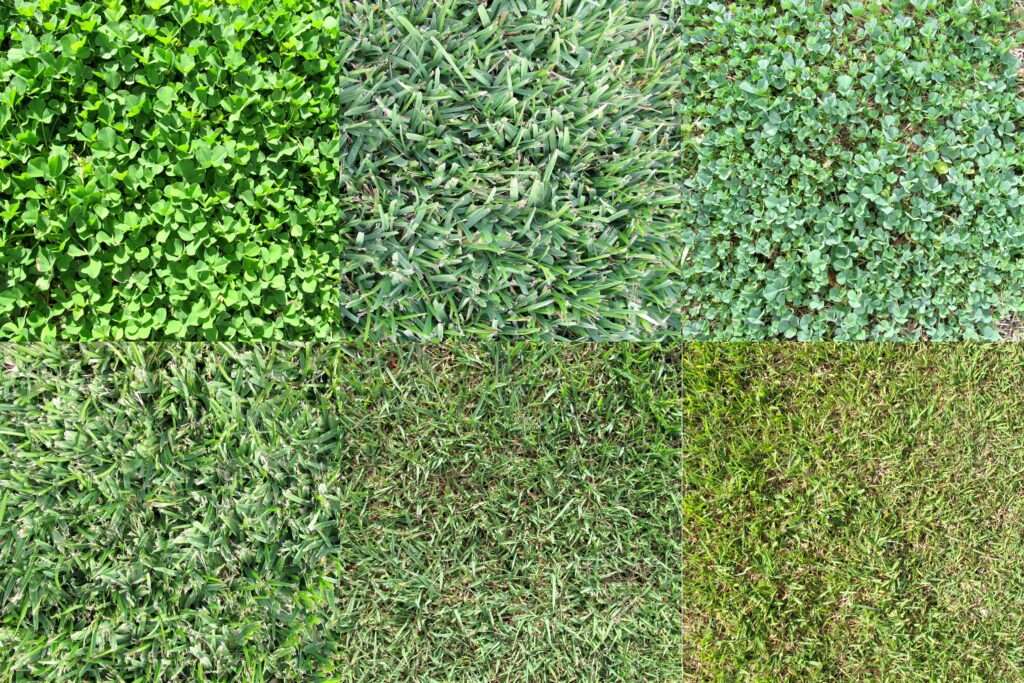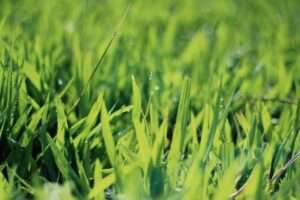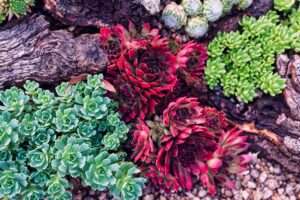
Indiana’s diverse climate demands a lawn that can stand up to everything from summer heat to winter chill. Let’s explore the primary grass types found in the Hoosier state and uncover some essential tips for keeping your Indiana lawn lush and green throughout the seasons.
Caring for your Indiana lawn involves understanding the unique characteristics of the grass types that thrive in our state.
PMT Lawn & Landscape Tweet
Common Grass Types in Indiana:
Kentucky Bluegrass (Poa pratensis)Known for its rich green color and fine texture, Kentucky Bluegrass is a popular choice in Indiana lawns. It thrives in cool-season climates and creates a dense, carpet-like appearance.Tall Fescue (Festuca arundinacea):Tall Fescue is a cool-season grass that adapts well to Indiana’s climate. It has a coarser texture and is known for its durability and resistance to drought.Fine Fescue (Festuca spp.):Fine Fescue includes various species like creeping red fescue and chewings fescue. These fine-textured grasses are well-suited for shaded areas and have good drought resistance.Perennial Ryegrass (Lolium perenne):Perennial Ryegrass is known for its rapid germination and establishment, making it an excellent choice for overseeding existing lawns or creating new ones. Previous slide Next slide
General Tips for Indiana Lawn Care:
-
Soil Testing:
- Before choosing a grass type or implementing a care routine, conduct a soil test. Understanding your soil’s composition allows you to make informed decisions about fertilization and amendments.
-
Proper Watering:
- Water deeply and less frequently to encourage deep root growth. Early morning is the ideal time for watering to reduce the risk of diseases.
-
Regular Mowing:
- Adjust your mower height based on the grass type to ensure optimal health. Regular mowing helps maintain a uniform lawn and prevents the shock of removing too much grass at once.
-
Fertilization:
- Follow a fertilization schedule that aligns with the specific needs of your grass type. Avoid excessive nitrogen in the summer to reduce stress on the lawn.
-
Seasonal Aeration:
- Schedule aeration in the fall to alleviate soil compaction and enhance nutrient absorption. This is particularly important for cool-season grasses like Kentucky Bluegrass.
In Conclusion
Caring for your Indiana lawn involves understanding the unique characteristics of the grass types that thrive in our state. By tailoring your care routine to the specific needs of Kentucky Bluegrass, Tall Fescue, Fine Fescue, or Perennial Ryegrass, you can enjoy a vibrant and healthy lawn year-round. Happy mowing, Indiana! 🌱🏡
Our Services Reviews



